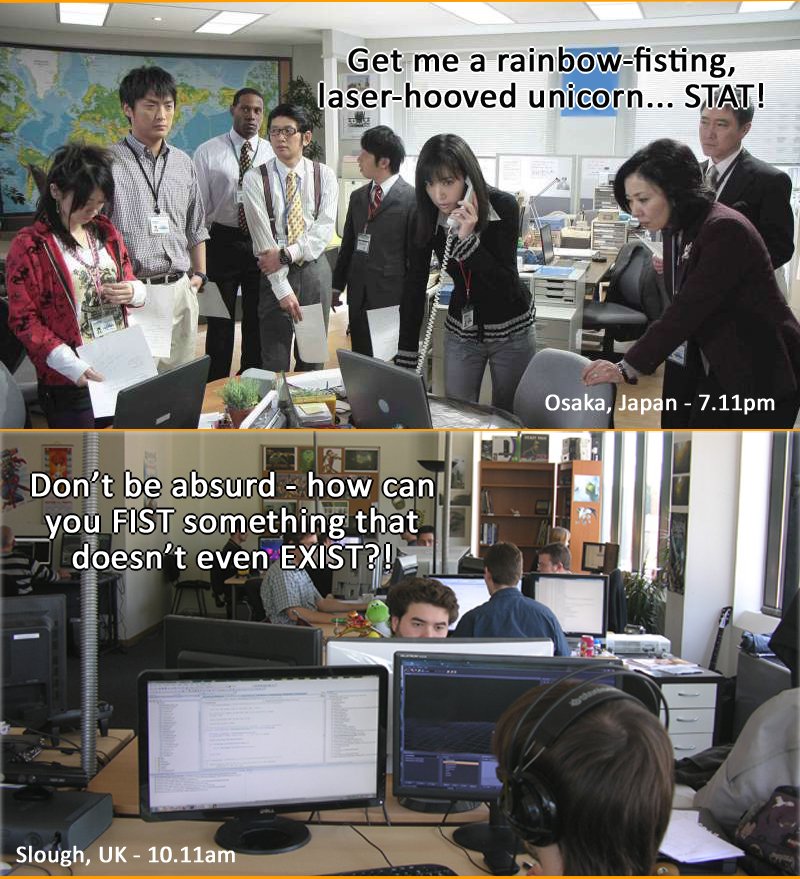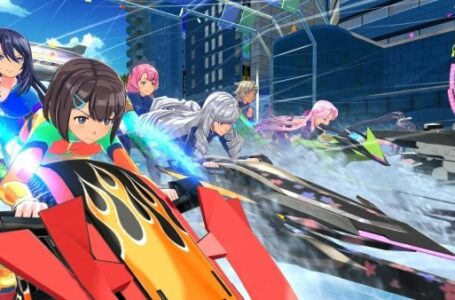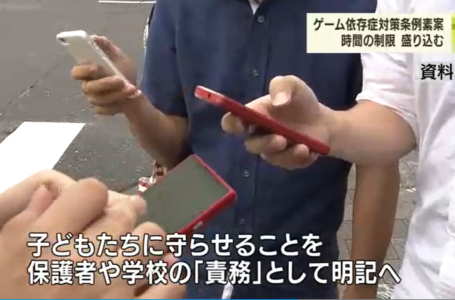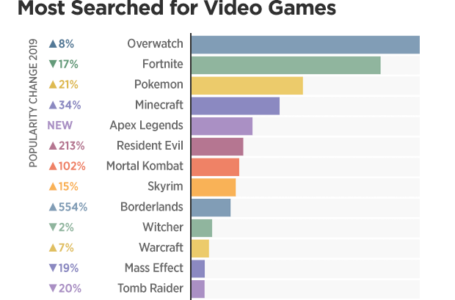Just say ‘no’ to brown games
Thinking back along 20 years of gaming, I’m struggling to remember when brown became everyone’s favourite colour? Don’t get me wrong, sometimes I like brown. Chocolate? Tasty – and brown. Coffee? Brown and completely necessary. Dogs? Some of them are brown and I really like dogs.
There are things that I don’t like to be brown though, including – but not strictly limited to – lettuce, index fingers, fried eggs and videogames. Mercifully, I don’t come across the first three that often – but that last one? Oh man, the gaming landscape is a raging tsunami of brown. There is no escape. With the best will in the world, you must submit to the brown.
I blame Conflict Desert Storm 2 on the Gamecube.
This was the first game I ever played who’s main theme was brown. There was some stuff about a war in there – but what it mostly did, was do brown really really well.
Everything was brown.
It even managed to find 34 new types of brown that no one had even seen before, and then just threw them all in there.
My overriding memory of Conflict Desert Storm 2 wasn’t how amazing this game was as a co-op experience, but the fact that (aside from an near-fatal public toilet experience after a prawn sandwich I ate in 2009) it was the brownest thing that I had ever willingly entered into.
A little known fact* for you, after Conflict Desert Storm 2, the development team split up and infiltrated every major studio on earth with one very simple objective – deliver The Brown Remit and to kill** all who oppose it.
It’s a legacy that now transcends shooters…
Lets take one of my favourite genres, the RPG, as an example. Last year I played some fantastic examples – The Witcher 2, Skyrim, Dark Souls and Dragon’s Dogma being my favourites from 2012.

As a rule I’m a big fan of the ‘traditional’ JRPG – for all the merciless derision that people want to heap on that template these days. Whether it’s Eternal Sonata, Lost Odyssey or Tales of Graces – these games are nothing if not shameless in their use of colour.
The same can’t be said for Dark Souls and Dragon’s Dogma – both excellent games I hasten to add – but also two Japanese RPGs with a decidedly muddier tone than I’m normally used to… and that didn’t sit easily with me.
Like many of you I’d imagine, I’d kicked off 2012, still exploring Skyrim. I loved it – I poured almost 200 hours into it. I respected what it represented in terms of its technical achievement, and the environment itself was beautiful, offering some of the greatest vistas I’ve ever seen in a video game – but there was something amiss… something I couldn’t quite put my finger on.
It wasn’t until I went for the ‘Married’ achievement that it struck me. I searched high and low for a wife, but couldn’t find one I truly wanted. I couldn’t find one because they simply weren’t attractive. In the pursuit of realism, the people in Skyrim had become ravaged, leather-faced automatons.
They look dirty, unhygienic. I didn’t want to spend the ‘rest of my life’ with these ‘women’.
The more I searched the more I found that incidental details in Skyrim really bothered me. If it really came down to it, I wouldn’t want to live in Skyrim, there’s nothing aspirational here. Go to any inn or tavern in the world and ask yourself – ‘would I really eat here?’ Would you?
No – I didn’t think so.
In the pursuit of being as realistic as possible – something that’s most certainly a western obsession, I think we run the risk of overlooking one of the most important things that videogame development, as a medium, has in its favour.
We can, technically speaking, emulate reality to a certain extent – but within that, we also have the ability to warp it, to accentuate, to twist, enhance and improve on it. Simply being ‘realistic’ is all well and good, and I appreciate our need to strive towards this from a technical point of view – but do we really want this all the time?
If I wanted to escape to a miserable world of greys and browns, I’d drive to Luton. Call me stupid or a naive idealist, but if I’m spending £40 on a fantastical new world – it would be nice if it was a happy, magical place – bursting with colour. I want my eyes to be seduced.
Give me sunshine and spectacle – not mud and misery.
It’s for this reason – more than anything that I so relished my uninterrupted weekends with Ni No Kuni.

If there’s one thing that Japan has over us grumbling, realism obsessed Westerners, is the ability to let loose with unbridled imagination, and not really give too much of a shit about it along the way. When it comes to being imaginative – I mean REALLY imaginative, the West is kinda… well… repressed.
In the use of colour, the West is shuffling awkwardly at edge of the dancefloor, while Japan is break-dancing and body popping – before engaging in acrobatic intercourse in the car park round the corner.
I’m not saying we make bad games – but honestly, think hard, what was the last Western-made game that really pushed the boat out in terms of delivering something absolutely mental, in a kaleidoscope of riotous colour. Something truly, spectacularly off the wall? Jeff Minter’s Space Giraffe comes to mind… and… er…
…um…
I bet you can list ten Japanese games without so much as a pause for thought…
So what’s the solution? Well, funny you should ask – I do have a suggestion. I call it the ‘ILJG Anti-Brown Checklist’. Developers, you can use it for free. It’s ‘on me’, as they say.
Until next time.
ILJG xxx
*not a fact.
**gently persuade through non-violent means
ILJG runs the I Love Japanese Games Facebook Page.
His views are not necessarily those held by Rice Digital or its partners.
- Wonderful new Konosuba game gets release date and pre-order - January 11, 2024
- Kandagawa Jet Girls gameplay featuring Senran Kagura DLC - January 16, 2020
- Japanese politicians look to limit videogame play time for kids - January 13, 2020








